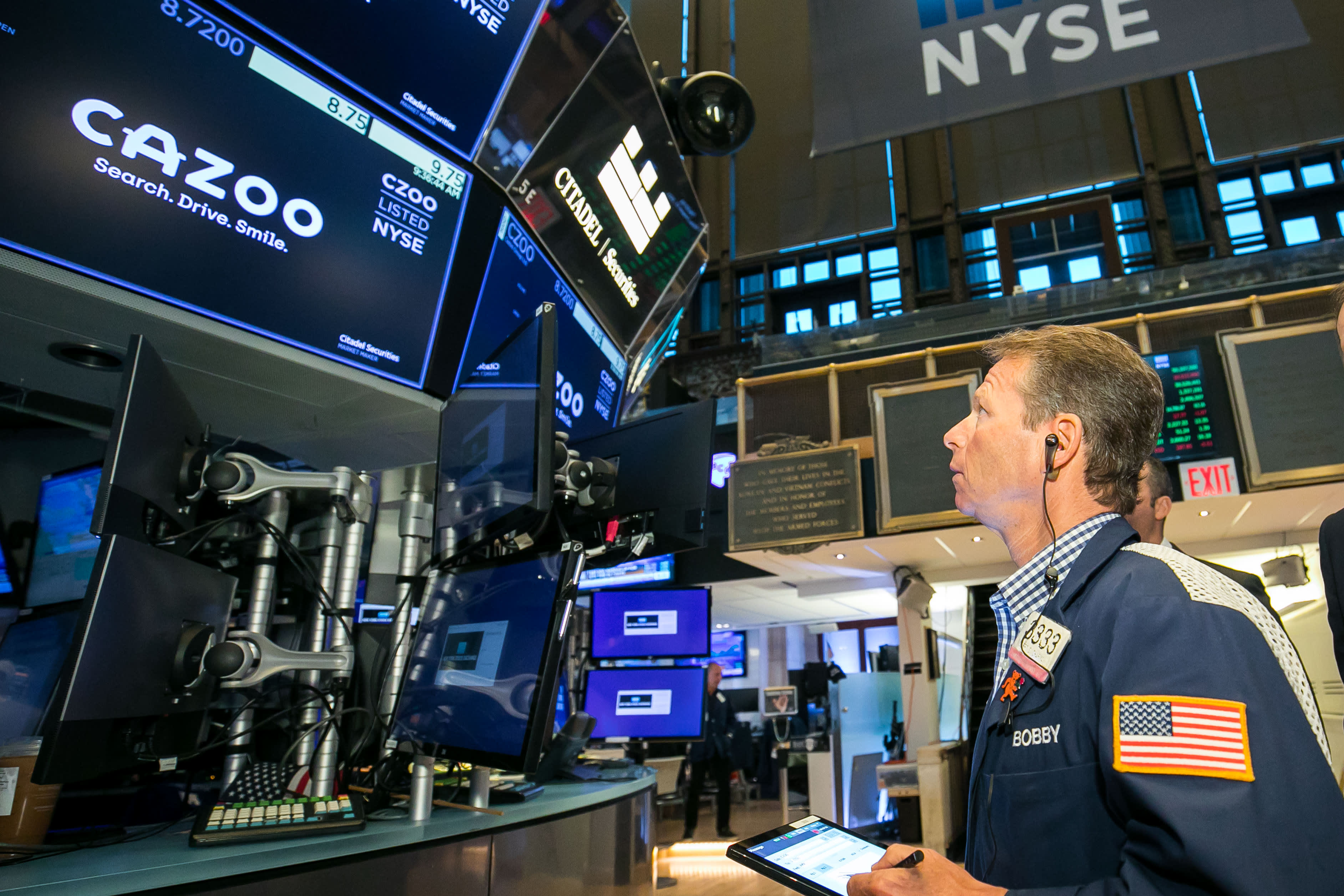The 10-year U.S. Treasury yield jumped to its highest point in two years on Tuesday, topping 1.85% in early trading.
Treasurys
By 8:30 a.m. ET the yield on the benchmark 10-year Treasury note was trading around 5 basis points higher at 1.825%, coming off highs of over 1.85% seen earlier in the morning.
The yield on the 30-year Treasury bond climbed by 3 basis points to 2.146%. Meanwhile, the 2-year rate — which reflect short-term interest rate expectations — topped 1% for the first time in two years, hitting 1.0404%.
Yields move inversely to prices and 1 basis point is equal to 0.01%.
The move, which comes after a market holiday in the U.S. Monday, indicates that investors are preparing for the possibility of more aggressive tightening by the Federal Reserve.
Last week, Fed Chair Jerome Powell told the U.S. Senate that he expected to see a series of interest rate hikes this year, along with a pullback in other pandemic economic support measures.
Philadelphia Fed President Patrick Harker told CNBC last week that the central bank could raise rates three or four times this year. He noted that inflation is “more persistent than we thought a while ago.”
James Athey, senior investment manager at Aberdeen Standard Investments, told CNBC that the sudden spike in yields couldn’t be explained by any one new piece of news.
“The reality is that the market is still adjusting to the Fed’s ongoing hawkish evolution,” he said via email.
Athey referred to JPMorgan CEO Jamie Dimon’s comments on Friday, when he said the Fed could hike rates as many as seven times this year, according to multiple reports.
These comments, along with speculation that the Fed may hike rates by 50 basis points as soon as March, “are driving the front end to reprice which is dragging all yields up – though notably still the curve is flattening,” Athey said.
“Technically we look a little bit stretched given the pace of this repricing so I expect to see some consolidation around here – especially as the Fed is in blackout and they are the main driver of higher yields at the moment,” Athey explained.
Fed officials have gone into a no-comment “blackout” period ahead of the next central bank meeting on Jan. 25-26.
ABP Invest Founder and CIO Thanos Papasavvas told CNBC that while he thought the 10-year Treasury could move higher still, he believed that the Fed is “very much on top of what is happening.”
Papasavvas said the Fed would intervene if “markets get ahead of themselves” and start to price in too many rate hikes, or aggressively sell the 10-year Treasury.
“It’s not in the Fed’s interest to see the 10 year spike up to 2% by the end of January, trigger a decline in consumer expectations, a sell-off in equity markets … and trigger a recession,” he explained in a phone call.
In terms of data releases due out on Tuesday, the January National Association of Home Builders housing market index is expected out at 10 a.m. ET.
Auctions are scheduled to be held for $60 billion of 13-week bills and $51 billion of 26-week bills.
— CNBC’s Fred Imbert contributed to this market report.
